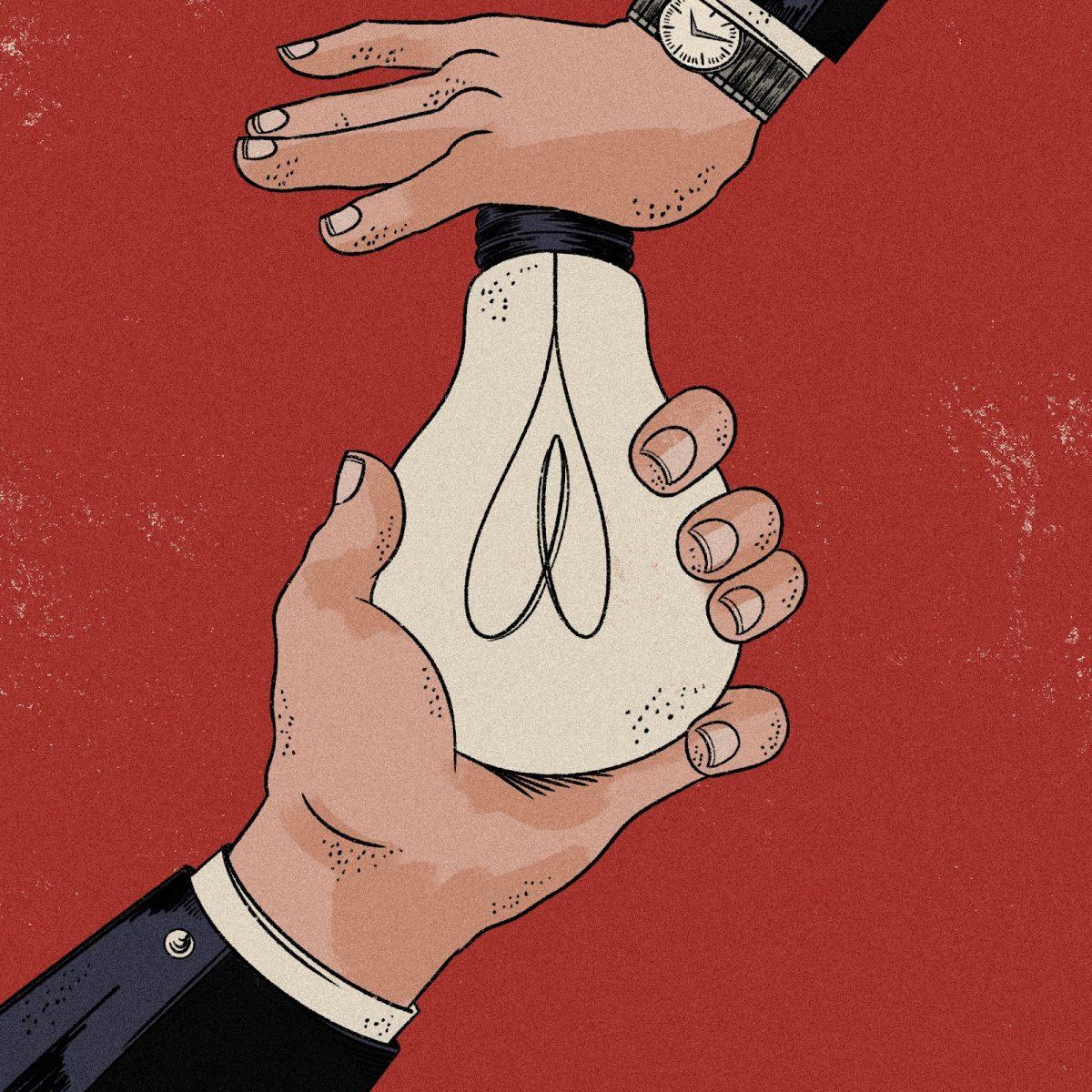
Photo of the NFC Championship game taken on 21 of January, 2018. Football is the most popular and most invested sport in the United States.
Source: Wikimedia Commons
Football plays a significant role in American culture, and its influence is only continuing to grow. No matter what your views are on football, no one can deny the significant impact it has on our culture in how it portrays strong masculinity, entertaining viewers with the aggressive play, and the teamwork, energy, and dedication that makes the game meaningful to the players. Both fans and football players even celebrate it saying that it is more than just a game.
Football, like most competitive sports, is male-dominated. This brings on the question of how sports impact society’s views on masculinity. According to an article by Human Kinetics, “The majority of men will never succeed to the extent that they believe they need to, and thus a socially constructed definition of success, especially one grounded in athletic excellence and physical perfection, can generate feelings of failure and lower self-image.” Football, and sports in general, might make some men more insecure because many feel they have to achieve a certain level of athletic ability and muscular body mass in order to be approved as a “real man.” However, sports may have also helped in developing masculinity in a positive way. Through the competition and strength demanded by sports, men can release anger and aggression in a healthy and effective way.
Aggressive masculinity is biological—as it was intended for human survival such as fighting and hunting—but now that our advanced civilization no longer needs those survival instincts, they are now being demonstrated in sports. “The History Of Sports, From Ancient Times to Modern Day,” an article by ThoughtCo., states “The early history of sports often involved the preparation and training for war or hunting. Hence there were sports games that involved the throwing of spears, stakes, and rocks, and of course lots of play-fighting.”
The competitiveness and toughness involved in football is reflective of how men would test their strength on one another, because whoever was stronger was more likely to live and prosper. Sports seem to filter that instinct of natural male strength and aggression, while also incorporating teamwork, strategy, and passion. Some men try to prove their manliness by getting into fights, insulting each other, smoking and/or drinking alcohol, harassing women, and carrying guns. This is unsafe behavior that tends to be harmful to the individual, others, and society as a whole. In contrast, sports is an alternative that also provides enjoyment. “People enjoy watching
because [of] the level of intensity, I think at a certain level, people do like the violence” says Dave Sherden, science teacher and sports medic at Franklin High School. Sports are entertaining for millions of people, and football is currently the most watched sport in America. It will likely continue to grow as it gets boosted by more investment and national popularity. Additionally, football players get an advantage in paying for college through athletic scholarships, as well as the benefit of learning about perseverance and what it means to be a part of a team. “It’s physically challenging, [and it’s] mentally challenging,” says Sherden. “It’s the opportunity to be part of a team…overcoming obstacles, learning about winning and losing…It’s about working with people and facing challenges.”
However, more and more people are concerned about the dangers that come with the sport. “Some of the concerns in the medical community are whether children with developing brains should be playing contact football, and some of those concerns may be legitimate,” says Sherden. Concussion awareness is rising and many parents, coaches and players are wondering if playing the sport is worth the risk of a damaged brain. Not to mention that the cost of injury can lead to a skyrocket in insurance bills that need to be covered. Though the initial symptoms of small impacts usually go away in a few weeks, they are not to be taken lightly, as they can have lifelong consequences. Neurological problems may develop years later. Many people are concerned that football can cause neurodegenerative diseases like chronic traumatic encephalopathy (CTE), which can potentially occur as a long-term effect of frequent concussions. However, in-depth research has yet to be done. Nevertheless, some schools have even gone as far as to consider banning the sport for kids and teens.
Although there is currently work being done to make the game safer, such as with better helmets and pads, there are some valid concerns about children playing contact football. However, football doesn’t have to be dangerous as long as everyone on the field knows the game. For those who may have potential health risks, it is required they have a physical ahead of time and go through climatization and preseason practices. Sherden elaborates, “A responsible coaching staff is gonna identify players who don’t have either the physical capability or the conceptual understanding of how the game is played that they are unable to protect themselves and could be at risk.”
Though it’s very unlikely football will be banned anytime soon, the concerns being addressed are valid. People are taking concussions a lot more seriously today than they have in previous decades. There are medics standing by at all times during games, and there are improvements being made to ensure football attire is more likely to prevent injuries. But in terms of opinion, it will be the player who decides whether football is worth the risk or not.

































